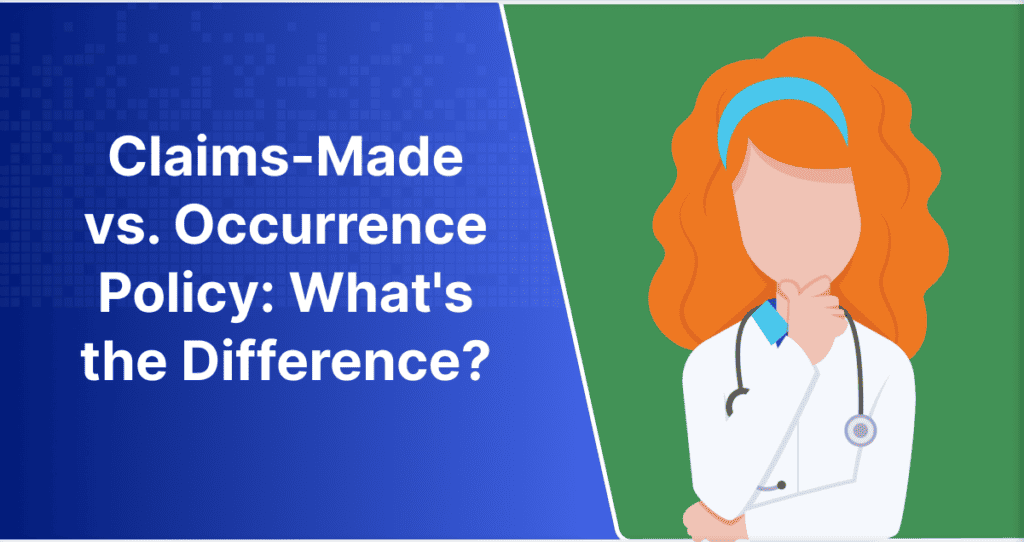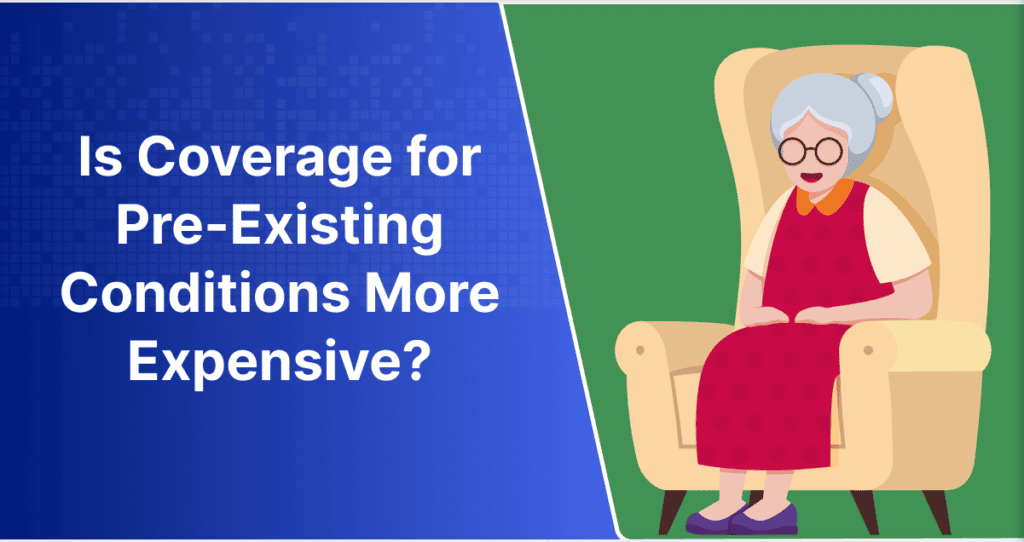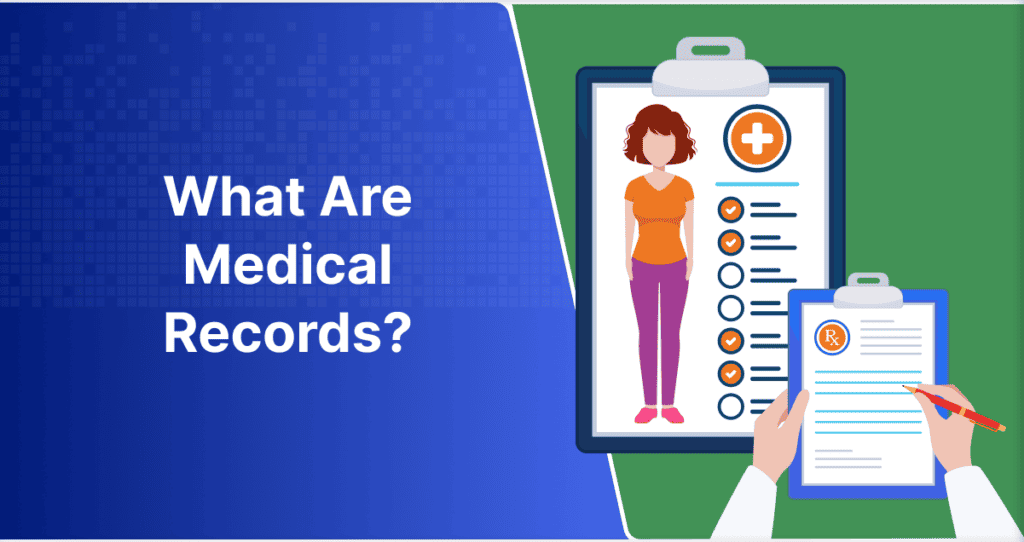Integrating with your EHR system
Electronic health records (EHR) revolutionized health information management (HIM). Medical professionals were no longer required to keep filing cabinets filled with paper records for every single visit.
Although the financial incentives for EHR adoption outlined in the HITECH Act led to almost every medical practice in the United States making the switch, these systems aren’t without their downsides.
As the demand for electronic health records increased, so did the number of systems. Suddenly, this technology designed to improve the exchange of protected health information (PHI) became a major information blocker. Incompatible EHR systems created large data silos that complicated medical records request fulfillment.
ChartRequest was designed to simplify the release of information (ROI) by integrating smoothly with your EHR system. By onboarding with our platform, you can fulfill otherwise complicated medical records requests in a fraction of the time.
We make integration a breeze during the onboarding process with both our Self-Service and Full-Service offerings.
Helping your staff and requestors adapt
We know that learning new skills can be challenging, so we made using ChartRequest a breeze. Our streamlined user interface helps prevent user error on both ends of a request. Once creating and processing medical records requests with ChartRequest is your standard, you’ll never want to go back.
Training your staff to use ChartRequest is easy with our helpful resources, step-by-step guides, and expert support team. We simplify the entire process and help protect against some of the common pitfalls of HIPAA violations. Learning to release records on our platform is easier than learning to process requests manually.
Preparing your patients to use ChartRequest may be more difficult due to the massive spectrum of technological experience. Once they learn the basics though, requesting medical records is much easier on our platform.
To get them ready for the change, you should provide this update across multiple formats. Be sure to express that these changes are positive in these messages with positive language. For example:
- A pre-recorded phone message could begin with “We are excited to now be using ChartRequest for medical records requests.”
- An email blast to your patients to inform them of the benefits. Be careful not to set expectations you aren’t certain you can meet. Rather, set realistic expectations and try to exceed them.
- Signs in your office(s) should be set out as soon as possible. Including them in the waiting room and at the front desk should be sufficient.
- A banner or section on your website can inform the digital crowd before they ever enter the office. If you’re feeling extra ambitious, try to set up an entire page to help Google users find your new protocol by searching “Facility Name Medical Records.”
For more information on preparing your users for ChartRequest, click here.
Choosing the right subscription plan
ChartRequest has two subscription plans for healthcare professionals: Self-Service and Full-Service. Choosing which version of the software you want to adopt may be the hardest part of signing up.
A Self-Service subscription will empower your team to process medical records requests faster, easier, and more securely. A Full-Service subscription allows you to entrust your essential release of information duties to our professionals.
We understand that healthcare organizations vary in size, the number of employees, and the volume of incoming medical records requests. Furthermore, we know that medical specializations can impact the chances that requests will be made following a visit.
When determining the best option for your medical organization, consider the following points:
- What is your budget for incorporating ROI software?
- How many employees can help handle the release of information?
- How many requests do you receive in an average week?
- What is the nature of the treatment your practice provides?
- How frequently do your physicians refer patients outside of your network?








